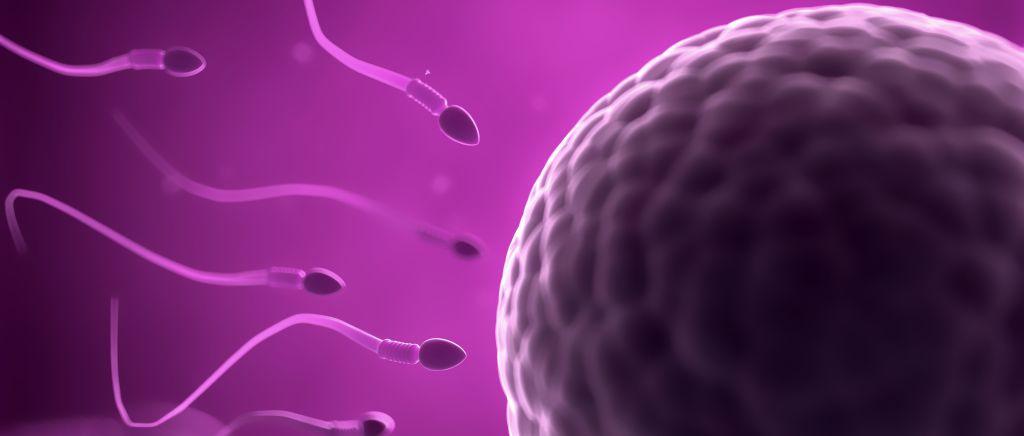
https://www.dreamstime.com/biology-hand-drawn-doodles-lettering-education-science-vector-white-background-image135246167
TEACHER: Jorge Mario Gamboa Carvajal
INSTITUTIONAL EMAIL: jorge.gamboa.c@liceopinoverde.edu.co
HOURLY INTENSITY BY CYCLE (HIC): 2 hours
GRADE: 9
PERIOD: First and Second
- INTRODUCTION
The study of biology in ninth grade will give an approach to life understanding by studying specific process related to metabolism, interactions with the environment and wider concepts as reproduction and mendelian genetics. These contents will be related to wider concepts as systems, relationships and change.
- GENERAL OBJECTIVE
To construct a proper comprehension about the importance of metabolism in maintaining life through mechanism as homeostasis, movement and transport, diffusion, osmosis, gas interchange and circulation at the same time enable student to comprehend his relationship with the world mediated by the nervous system, hormones and receptors.
At the end of the first semester the student should be able to use different sources of information to get a good understanding of scientific information related to those phenomena and can research in new topics of his interest.
- COMPETENCES / ABILITIES TO DEVELOP
Objective A: Knowing and understanding
i. explain scientific knowledge.
ii. apply scientific knowledge and understanding to solve problems set in familiar and unfamiliar situations.
iii. analyze and evaluate information to make scientifically supported judgments.
Objective B: Inquiring and designing
i. explain a problem or question to be tested by a scientific investigation.
ii. formulate a testable hypothesis and explain it using scientific reasoning.
iii. explain how to manipulate the variables, and explain how data will be collected.
iv. design scientific investigations.
Objective C: Processing and evaluating
i. present collected and transformed data.
ii. interpret data and explain results using scientific reasoning.
iii. evaluate the validity of a hypothesis based on the outcome of the scientific investigation.
iv. evaluate the validity of the method.
v. explain improvements or extensions to the method.
Objective D: Reflecting on the impact of science
i. explain the ways in which science is applied and used to address a specific problem or issue.
ii. discuss and evaluate the various implications of the use of science and its application in solving a specific problem or issue.
iii. apply scientific language effectively.
iv. document the work of others and sources of information used.
- METHODOLOGY
• Team or individual workshops.
• Presentations.
• Individual Tests.
• Team tests’ corrections.
• Experimental activities.
• Whole class discussions.
- CONTENT AND CONCEPTS
- Metabolism
o Digestion as a horizontal process of metabolism
o Enzymes
o Homeostasis
o Movement and transport in cell membrane
o Diffusion and osmosis
o Gas interchange
o Circulation
- Interactions with the environment
o Nervous system
o Receptors
o Hormones
- Hormones and Receptors
o Hormones
o Receptors
o Body Development
- Reproduction
o Sexual and asexual reproduction.
o Human reproduction.
o Sexually transmitted diseases, prevention and care.
- Mendelian genetics
o Mendelian and heredity principles.
o DNA Replication and transcription.
o Gene expression, mutations and genetic variability.
- EVALUATION PROCESS
|
Formative evaluation |
- Activities in Khan Academy platform. - Teams workshops. - Experimental activities - Topic games |
|
Summative evaluation |
- Khan Academy quizzes. - Individual tests - Test corrections - Experimental reports |
|
Evaluation Criteria |
Percentages |
|
Knowing and understanding |
25% |
|
Inquiring and designing |
25% |
|
Processing and evaluating |
25% |
|
Reflecting on the impact of science |
25% |
- RESOURCES
|
Resources |
|
|
Technological |
- Personal computer - Institutional e-mail. - Google applications: Drive, Meet and Forms. - ClaseWeb |
|
Bibliographic |
- Learns Genetics – Genetics Science Learning Center. University of Utah: https://learn.genetics.utah.edu/ - Khan Academy: https://www.khanacademy.org/ - Biggs, A., National Geographic Society (U.S.), & Glencoe/McGraw-Hill. (2002). Biology: The dynamics of life. New York, N.Y: Glencoe/McGraw-Hill.http://learn.genetics.utah.edu/content/addiction/drugs/mouse.html |
|
Physical |
Note book and pencil case. |
|
Behavioral recommendations for the proper development of the class |
- Enjoy the activities. The topics are very interesting and you may ask any question related to the topic. - Focus your effort on understanding the concepts, processes and phenomena studied, and not only on completing the activities. - Use wisely your time in class to complete the work. - When having doubts or difficulties, consult your teacher. To recognize your strengths and weaknesses is an important step to help you to achieve the objectives. - Be sure to follow security protocols in practical activities. |

- Teacher: Jorge Mario Gamboa Carvajal